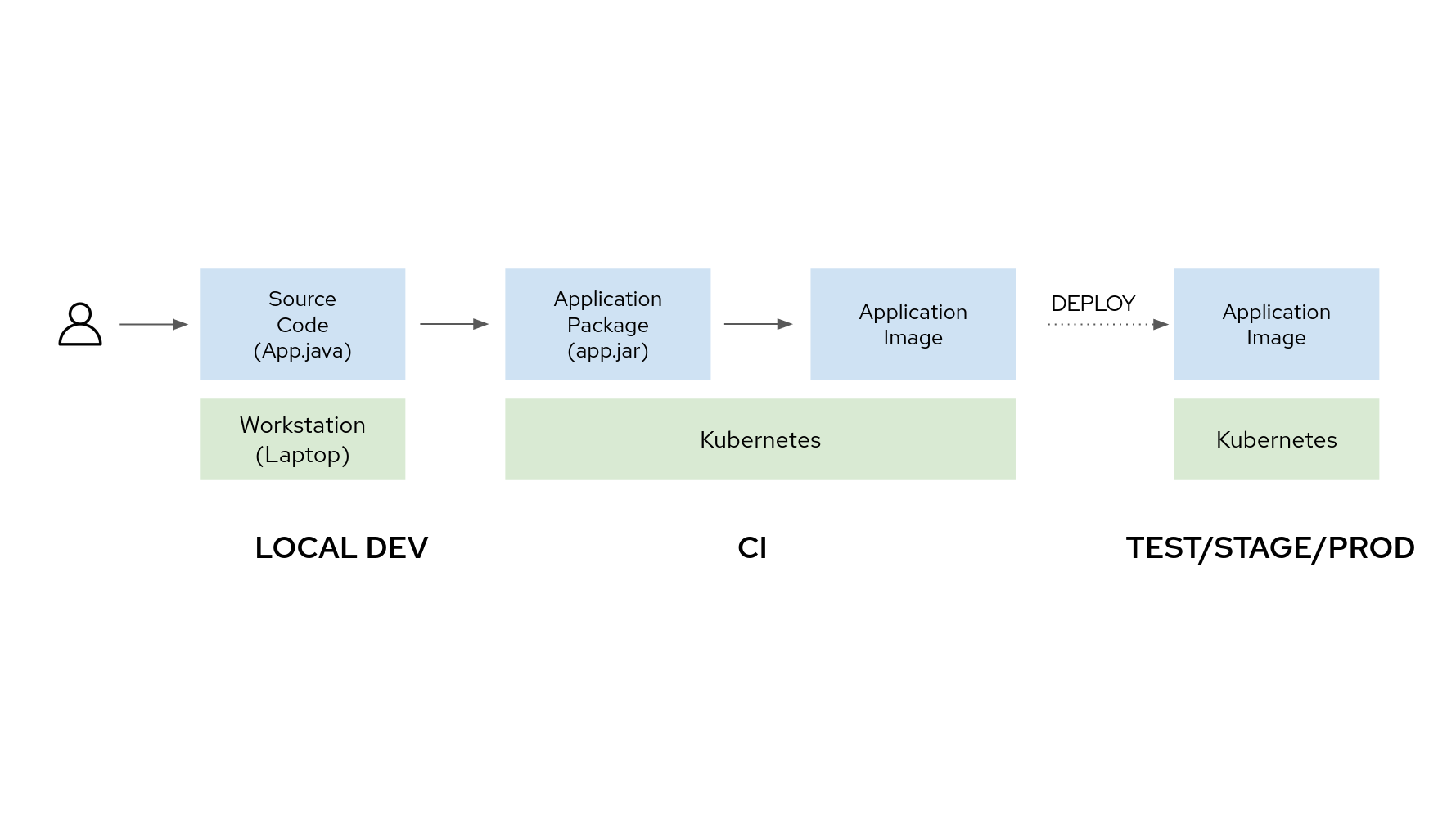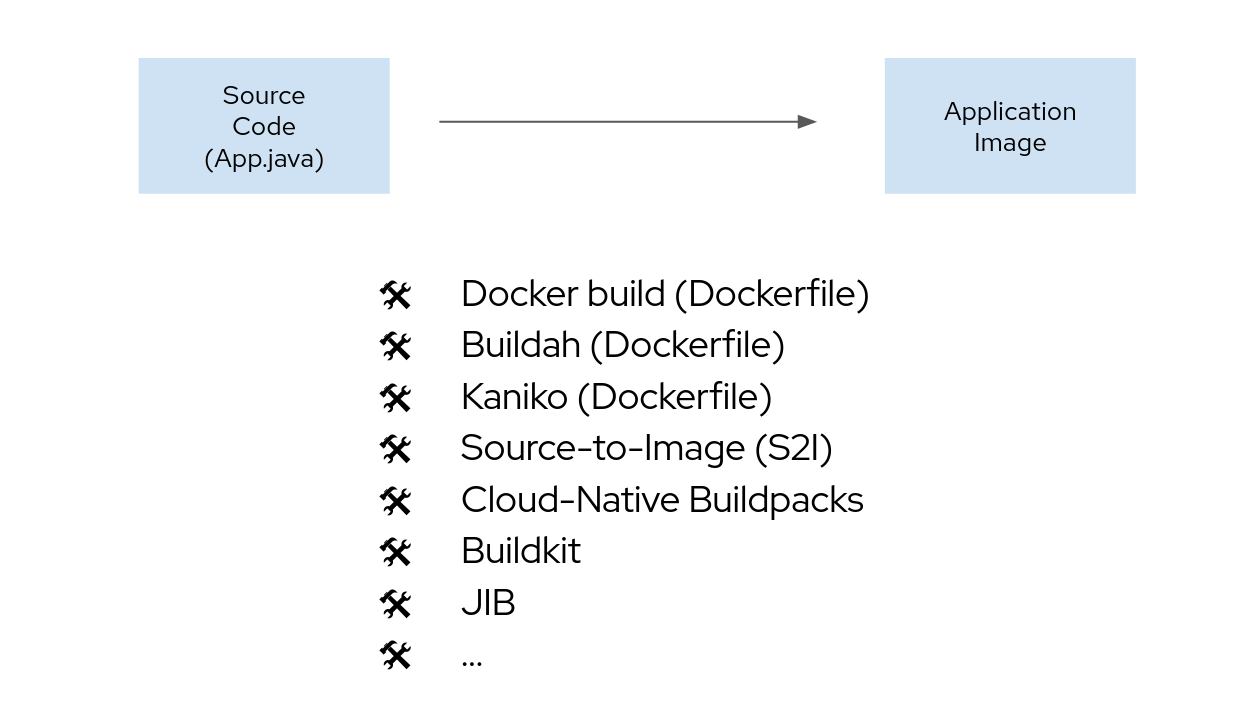Introducing Shipwright - Part 1
Update 2020-11-30: Added link to Part 2 of this series
What is Shipwright? Which problems does this project try to solve?
In Part 1 of this series, we’ll look back at the history of delivering software applications, and how that has changed in the age of Kubernetes and cloud-native development.
In Part 2 of this series, we’ll introduce Shipwright and the Build APIs that make it simple to build container images on Kubernetes.
Delivering Your Applications - A History
Think back to 2010. If you were a professional software engineer, a hobbyist, or a student, which tools and programming languages did you use? How did you package your applications? How did you or your team release software for end-users to consume?
Back then, I was a junior software engineer at a small technology consulting company. My team maintained a suite of custom software tools whose back-end was written in Java. Our release process consisted of creating a tag in our version control system (SVN), compiling a JAR file on our laptops, and uploading the JAR to our client’s SFTP site. After submitting a ticket and undergoing a change control review with our client’s IT department, our software would be released during a scheduled maintenance window.

For engineers in larger enterprises, this experience should feel familiar. You may have used C#, C++, or were adventurous and testing Ruby on Rails. Perhaps instead of compiling the application yourself, a separate release team was responsible for building the application on secured infrastructure. Your releases may have undergone extensive acceptance testing in a staging environment before being promoted to production (and those practices may still continue today). If you were fortunate, some of the release tasks were automated by emerging continuous integration tools like Hudson and Jenkins.
Delivering on Docker and Kubernetes
The emergence of Docker/Moby and Kubernetes changed the unit of delivery. With both of these platforms, developers package their software in container images rather than executables, JAR files, or script bundles. Moving to this method of delivery was not a simple task, since many teams had to learn entirely new sets of skills to deploy their code.
I first learned of Docker and Kubernetes at a startup I had joined. We used Kubernetes as a means to scale our back-end application and break apart our Python-based monolith. To test our applications, we built our container images locally with Docker, and ran clusters locally with minikube or used a dev cluster set up with our cloud provider. For acceptance testing and production releases, we used a third-party continuous integration service to assemble our code into a container image, push it to our private container registry (also hosted by our cloud provider), and use a set of deployment scripts to upgrade our applications in the respective environment. Along the way, we had to learn the intricacies of Docker, assembling our image via Dockerfiles, and running Python inside a container.

What we could not do was build our applications directly on our Kubernetes clusters. At the time, the only way to build a container image on “vanilla” Kubernetes was to expose the cluster’s Docker socket to a running container. Since docker ran as root, this presented a significant security risk - a malicious actor could use our build containers or service accounts to run arbitrary workloads on our clusters. Since our CI provider made it easy to build container images, and we implicitly trusted the security of their environments, we opted to use their service instead of running our container image builds on our clusters.
Creating Container Images Today
Much has changed since the first release of Kubernetes with regard to building container images. There are now tools designed to build images from a Dockerfile inside a container, like Kaniko and Buildah. Other tools like Source-to-Image and Cloud-Native Buildpacks go a step further and build images directly from source code, without the need to write a Dockerfile. There are even image building tools optimized for specific programming languages, such as Jib.

When it comes to delivering applications on Kubernetes, there is a wide variety of tooling and projects available. Jenkins-X and Tekton are two such projects that orchestrate continuous application delivery on Kubernetes. However, there is no standard way to produce container images on Kubernetes, nor is there a standard way for build tool authors to declare how to use their tool on Kubernetes.
In Part 2 of this series, we aim to address these challenges by introducing Shipwright and the Build API.